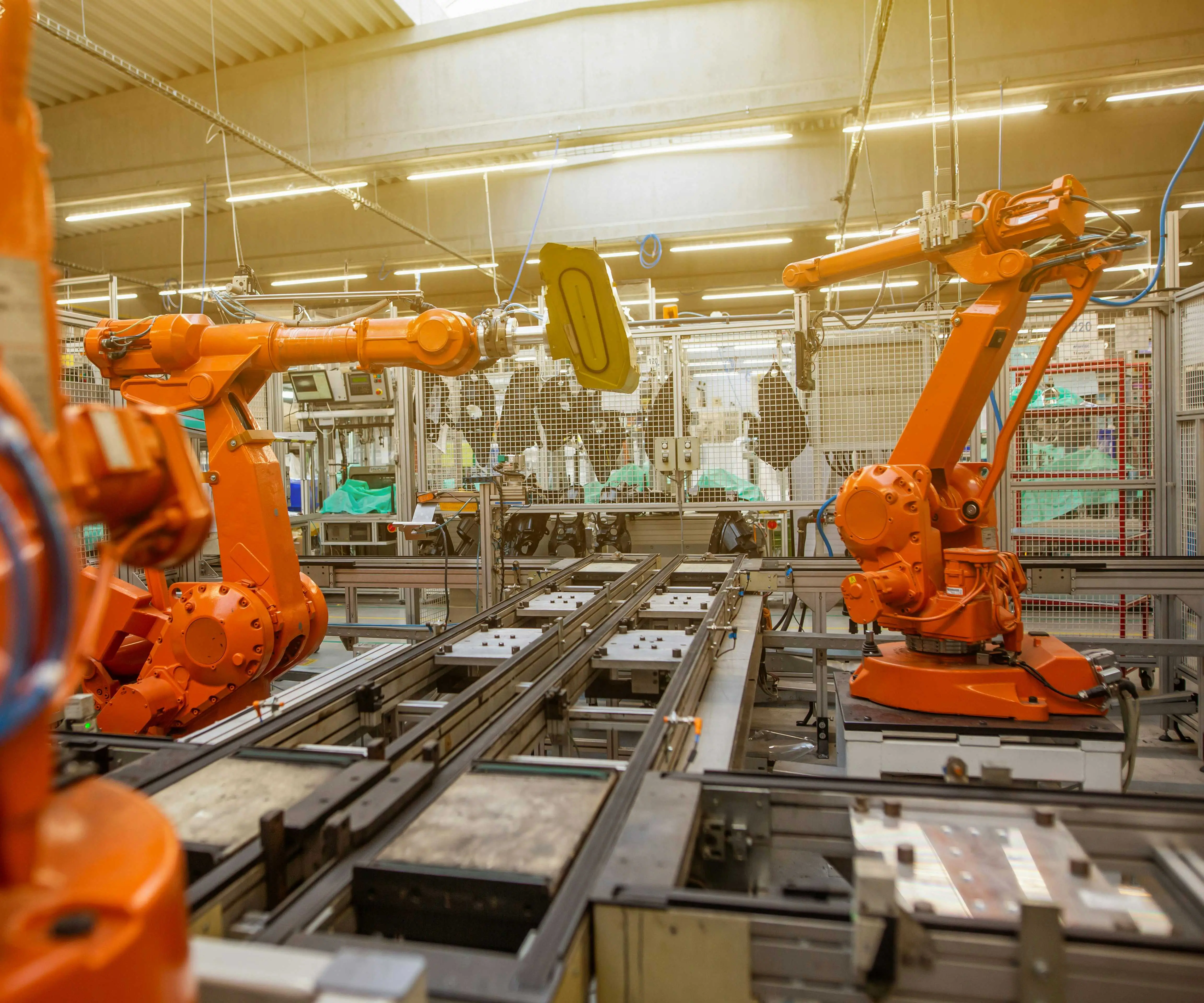part 1:
Unlocking Creative Projects with Arduino Uno and Servo Motors: A Beginner’s Guide
In the world of DIY electronics and robotics, few components are as versatile and accessible as the Arduino Uno microcontroller and servo motors. Whether you’re a hobbyist, student, or aspiring engineer, understanding how to effectively use these tools can open the door to a universe of creative projects. Imagine a robotic arm that follows your commands, an automated camera slider for smooth videography, or even a remote-controlled vehicle—all powered by a humble Arduino Uno and a few servo motors.

Why Arduino Uno? The Heart of Your Projects
The Arduino Uno is often the starting point for beginners venturing into microcontroller programming. Its popularity stems from simplicity, affordability, and an extensive community that offers support and countless project ideas. The Uno features a 16 MHz microcontroller and a user-friendly programming environment that makes getting started straightforward—even for those with minimal coding experience.
One of the key strengths of the Arduino Uno is its flexibility. It can read inputs from sensors, buttons, and switches, and then translate that data into commands to control actuators like LEDs, motors, and other output devices. This makes it an excellent platform for experimenting with real-world interactions, including the movement of servo motors.
The Power of Servo Motors
Servo motors are small, precise actuators that are used widely in robotics and automation. Unlike regular motors, servos come with a built-in feedback system which allows for accurate position control. This means you can command a servo to move to a specific angle and it will do so reliably. They’re compact, easy to control, and available in various sizes and torque ratings, making them suitable for everything from small hobby robots to larger mechanical systems.
Each servo contains a small motor, a gear train, a control circuit, and a potentiometer for position feedback. When you give a command, the servo’s internal circuit adjusts the motor’s movement until the potentiometer signals that it has reached the target position. This closed-loop system allows for precise control, which is why servos are invaluable in applications that require accurate movement.
Setting the Scene: Your First Arduino and Servo Project
To begin your journey, you’ll typically connect your servo motor to the Arduino Uno using three wires: power (usually red), ground (black or brown), and signal (white, yellow, or orange). The power and ground supply the servo’s motor, while the signal wire receives PWM (pulse-width modulation) signals from the Arduino.
PWM is a technique used to control the amount of power delivered to the motor, thereby determining the angle of the servo. Short pulses of high current are sent at specific intervals, and the width of these pulses directly correlates to the motor’s position—0 degrees, 90 degrees, 180 degrees, etc.
Benefits of Using Arduino Uno with Servo Motors
Integrating Arduino Uno with servo motors offers several benefits:
Precision Control: Achieve exact angles and positions for robotic limbs, steering mechanisms, or camera mounts. Ease of Use: Simple libraries and commands make programming accessible for beginners. Compatibility: Most servo motors are compatible with the Arduino’s voltage and control signals. Expandability: Connect multiple servos to create complex systems like robotic arms or hexapod robots. Affordable Hardware: Both Arduino Uno and standard servo motors are budget-friendly and widely available.
Practical Applications and Inspiration
Thinking about what you can build? Here are a few project ideas to ignite your creativity:
Automated Door or Gate: Use a servo to open and close a mini gate or door based on sensor input or remote commands. Robotic Arm: Program servos to move in precise steps, mimicking a human arm. Pan-and-Tilt Camera: Control the direction of a camera for time-lapse or security systems. Drawing Machines: Create a pen plotter that moves with accuracy to reproduce artwork.
Getting Started: Necessary Components
Before diving into coding and assembly, gather these essentials:
Arduino Uno board One or more servo motors (consider size and torque based on your project needs) Breadboard and jumper wires Power supply suitable for your servos Optional sensors or switches for interactivity
Kpower has delivered professional drive system solutions to over 500 enterprise clients globally with products covering various fields such as Smart Home Systems, Automatic Electronics, Robotics, Precision Agriculture, Drones, and Industrial Automation.




































